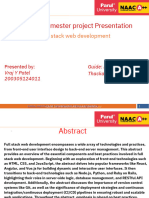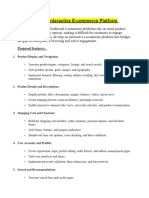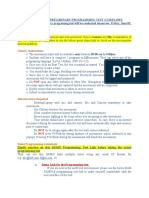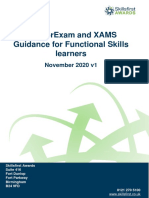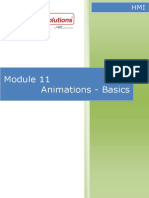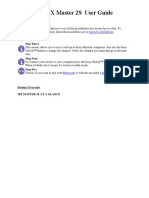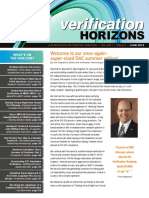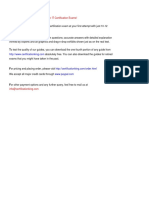0% found this document useful (0 votes)
43 views4 pagesEssential Topics For Frontend Development
The document outlines essential topics for frontend development, including HTML, CSS, JavaScript, frameworks, advanced topics, tools, UI/UX basics, and career-oriented advice. It also presents three project ideas for final year students: an e-commerce website, a portfolio website with a blog, and an online quiz application, detailing their features and tech stacks. Key skills emphasized include responsive design, state management, and version control.
Uploaded by
Sidhartha NayakCopyright
© © All Rights Reserved
We take content rights seriously. If you suspect this is your content, claim it here.
Available Formats
Download as DOCX, PDF, TXT or read online on Scribd
0% found this document useful (0 votes)
43 views4 pagesEssential Topics For Frontend Development
The document outlines essential topics for frontend development, including HTML, CSS, JavaScript, frameworks, advanced topics, tools, UI/UX basics, and career-oriented advice. It also presents three project ideas for final year students: an e-commerce website, a portfolio website with a blog, and an online quiz application, detailing their features and tech stacks. Key skills emphasized include responsive design, state management, and version control.
Uploaded by
Sidhartha NayakCopyright
© © All Rights Reserved
We take content rights seriously. If you suspect this is your content, claim it here.
Available Formats
Download as DOCX, PDF, TXT or read online on Scribd
/ 4






































